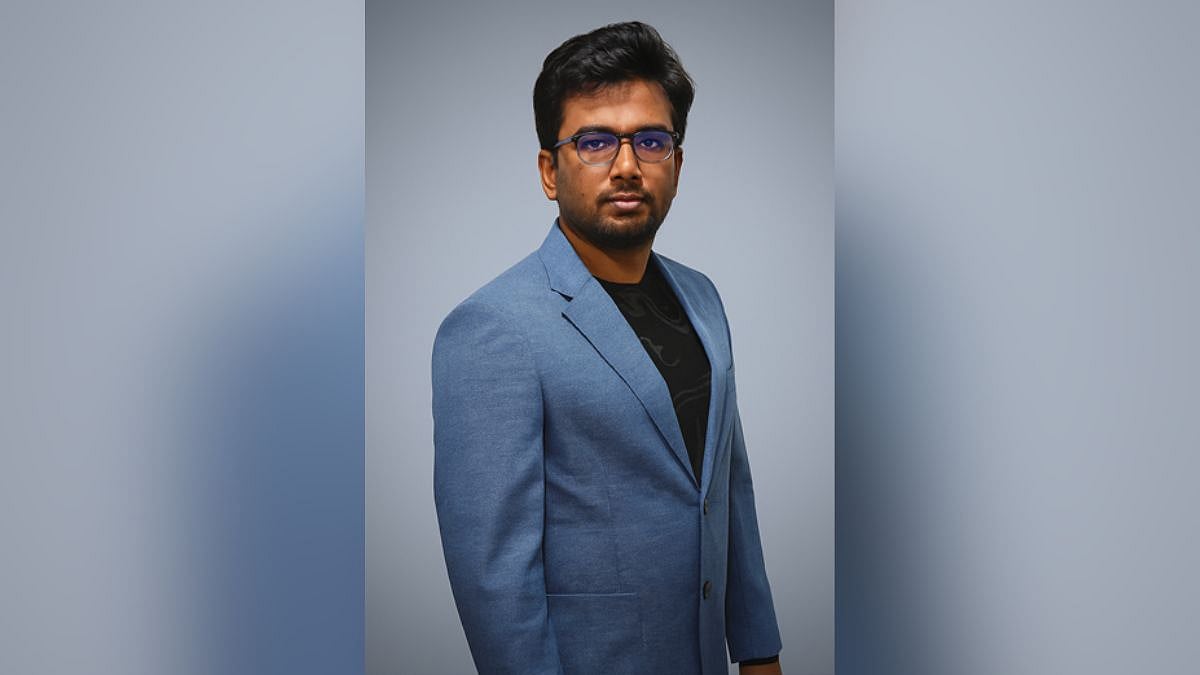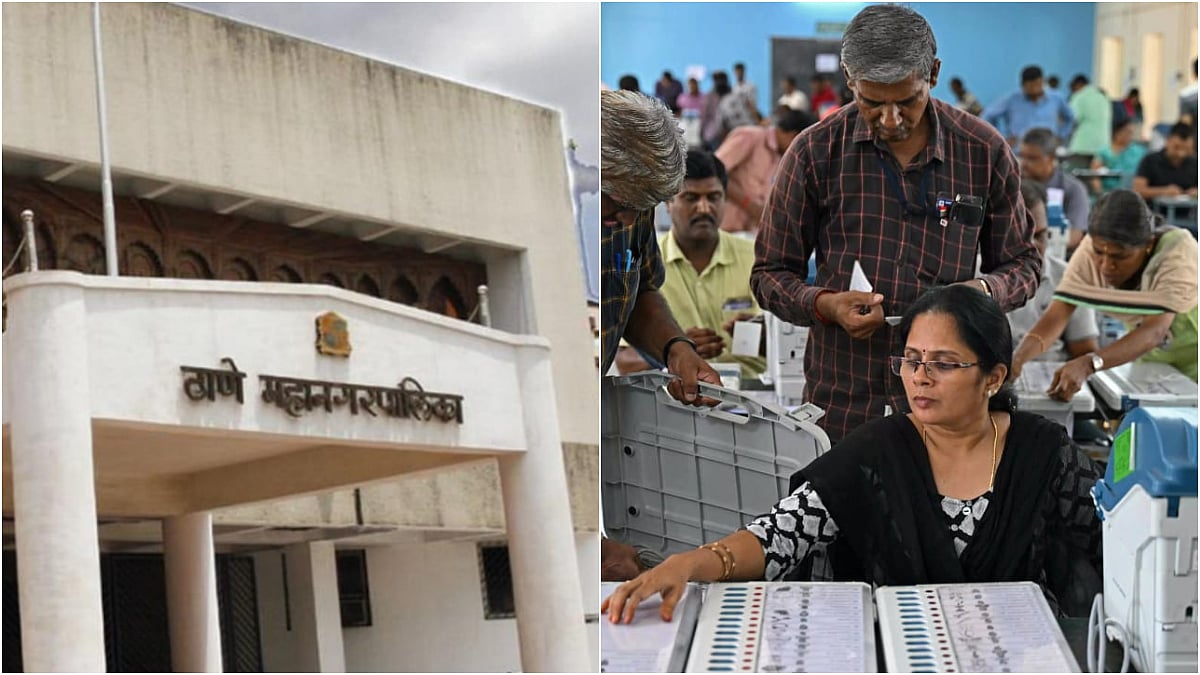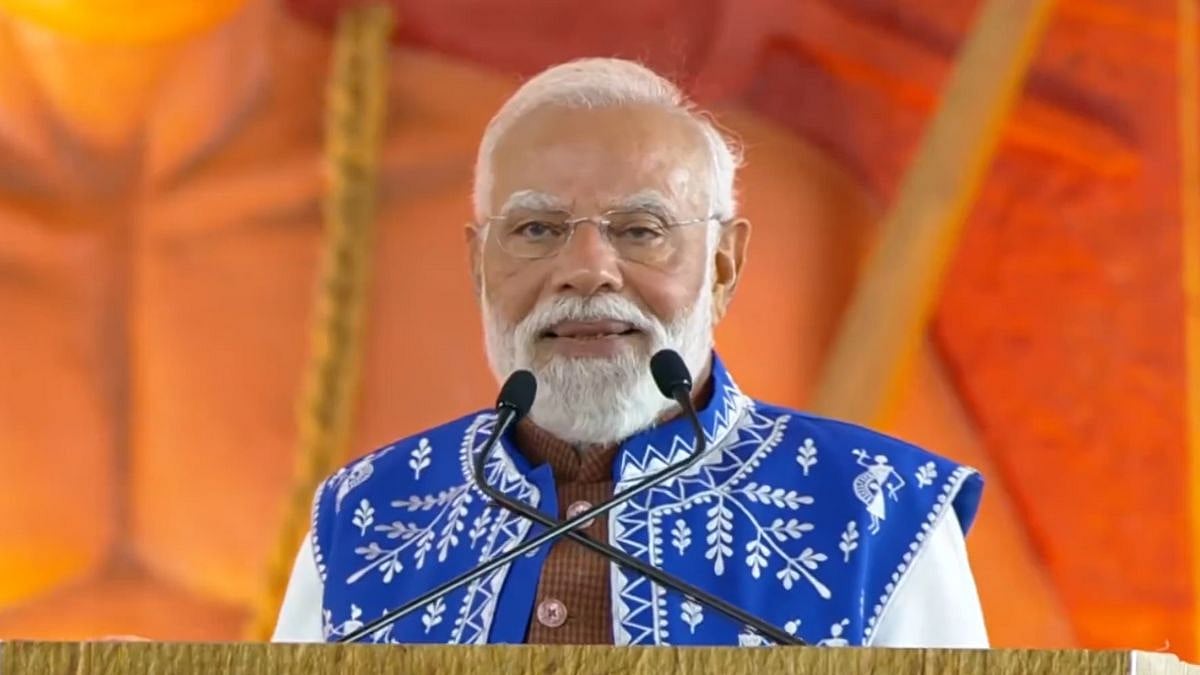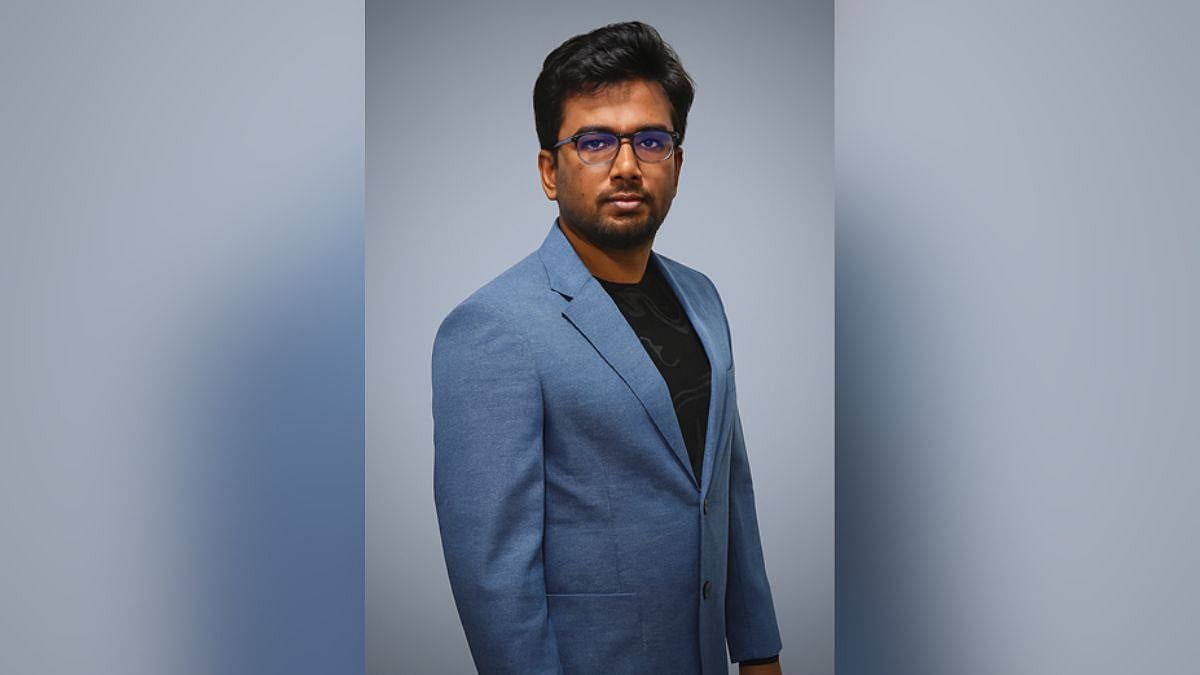As U.S. telecom carriers began transitioning toward cloud-native architectures for voice networks, a major transformation took place within the IP Multimedia Subsystem (IMS) — the core framework that enables secure and reliable voice, video, and rich media communication. Harikishore Allu Balan, Principal Engineer at T-Mobile, has played a pivotal role in this transformation, guiding the modernization of legacy, hardware-based systems into scalable, containerized IMS platforms built on hybrid public and private cloud environments.
Since joining T-Mobile as solution architect in 2016 as part of the IMS Design team, he has been a key contributor to the evolution of voice services, helping establish a foundation for cloud-native reliability, flexibility, and automation across the company’s next-generation network.
Bringing deep expertise from his previous roles at AT&T and Nokia Siemens Networks, he infused industry insight into T-Mobile’s next-generation IMS strategy. His architectural vision emphasized resilience, scalability, and flexibility, enabling critical IMS components such as the Telephony Application Server (TAS) and Call Session Control Function (CSCF) to operate within Kubernetes-orchestrated cloud clusters. Today, these innovations support traffic for over 120 million users, improving deployment agility, automation, and reliability — positioning T-Mobile at the forefront of cloud-native telecom infrastructure.
These initiatives have also driven measurable results, including significant improvements in network failover efficiency, call setup times, and overall service uptime — essential metrics for nationwide voice reliability in the 5G era.
Beyond efficiency, Mr. Balan led the integration of machine learning models the introduction of Random Cut Forest (RCF) time-series models within T-Mobile’s cloud-native IMS architecture has created a predictive framework for operational reliability. These models process live telemetry data—including latency, call setup times, session drops, and signaling anomalies—to detect emerging issues before they affect users. The system automatically triggers circuit breakers, staged rollouts, or configuration rollback, allowing the network to self-stabilize during load surges, weather disruptions, or emergency events. This machine-learning layer has redefined how network resilience and continuity are maintained in real time.
Balan’s visionary innovation is exemplified through his notable patents in call processing and application resilience, including “Selective CS Retry” (Application ID US18/069,086) and “Techniques for Improved Service Call Session Initiation” (Application US18/620,867). These patented methods optimize network performance by reducing call setup times and enabling carriers to seamlessly migrate from legacy 2G/3G networks to advanced 5G and satellite systems. They also allow operators to reuse legacy spectrum for carrier aggregation, expanding 5G coverage and enhancing network reliability.
Beyond day-to-day engineering, Balan is listed as an active inventor of multiple U.S. patents that range from call-routing logic, network slicing, push to talk and protocol-overhead reduction. These innovations are increasingly influencing how global telecom networks approach dynamic routing and service optimization.
Industry experts have recognized the significance of his contributions. Shuja Mufti, Head of Global Telco Partner Solutions at Red Hat, praised Harikishore’s patents as “revolutionary,” noting that they solve persistent challenges around latency and service robustness in deployable, real-world ways. Similarly, Sabeur Nassereddine, Member of Technical Staff at T-Mobile, described Harikishore’s work as “an essential advancement for dynamic user profiling and intelligent network resource management — both critical for next-generation 5G coverage.”
Throughout his career, Mr. Balan has emphasized operational excellence, adherence to 3GPP standards, and a strong culture of proactive innovation. As a Senior Member of IEEE and Fellow Raptor Member, he continues to contribute as a juror and technical reviewer in IEEE conferences. He has served as a reviewer for IEEE’s Applied Intelligence & Computing Conference (AIC 2025), his impact has been recognized through multiple honors, including the Stevie Awards and Globee Awards, reflecting both his leadership and technical excellence.
His research presence extends globally through multiple peer-reviewed publications in leading technical journals, covering Wireless Priority Service (WPS), AI/ML-driven IMS monitoring, cloud scalability, and SR-IOV DPDK optimization. These works, published on ResearchGate, have attracted significant academic and industrial attention, further validating his influence in telecom innovation.
Looking ahead, Harikishore envisions AI-driven automation and generative orchestration as the foundation of next-generation networks. Reflecting on the transition from 5G to 6G, he notes,
As the industry looks toward AI-native 6G networks, Balan sees automation as more than an efficiency tool—it’s the foundation for intelligent, adaptive connectivity that responds to user context in real time. Reflecting on the future, he notes:
“The future of telecom depends on how effectively voice media applications integrate with cloud-native IMS frameworks. These platforms will dynamically scale, adapt to user context, and maintain carrier-grade reliability across public, private, and edge clouds.”









